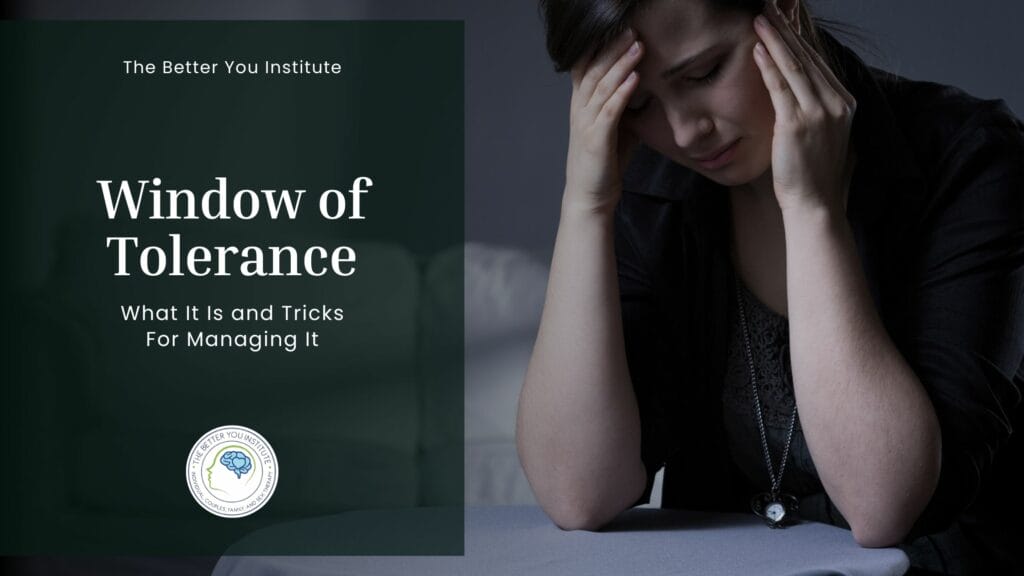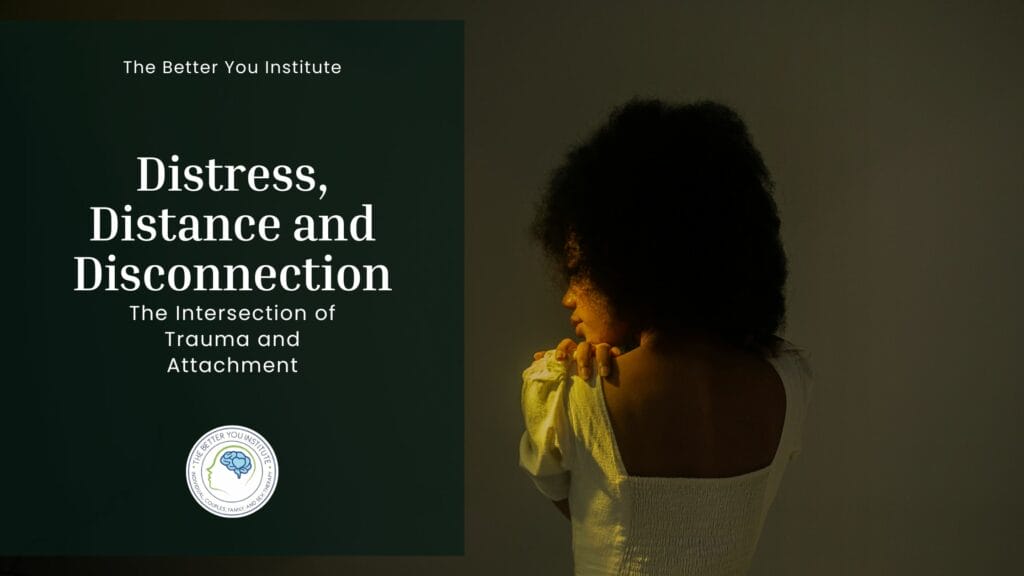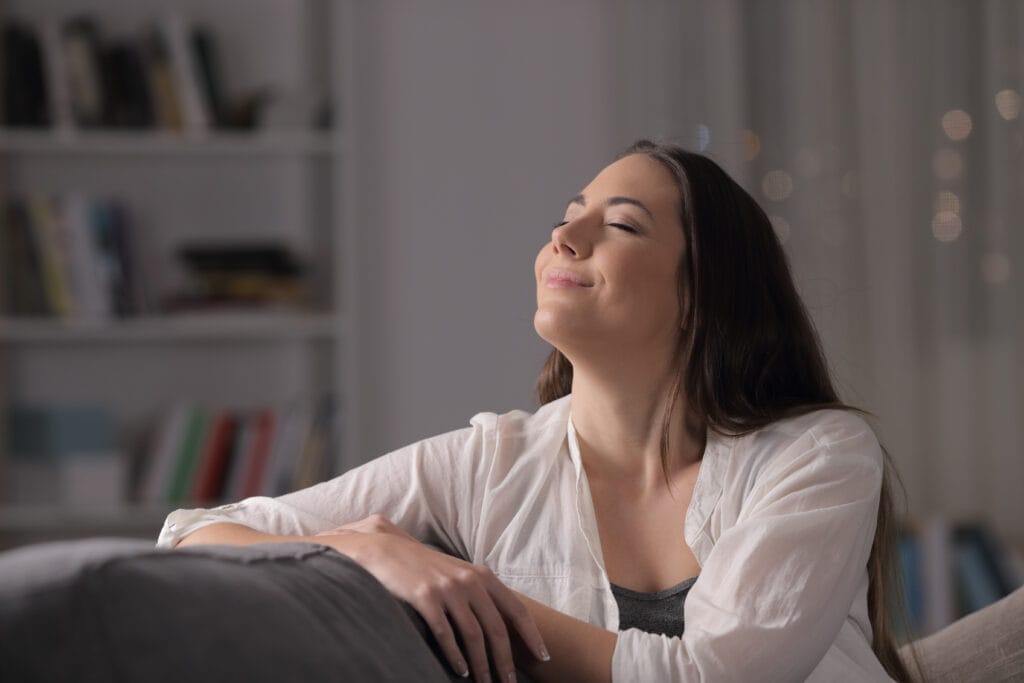Amidst the intense training regimens and high-pressure competitions, one often overlooked aspect is the importance of muscle relaxation techniques. These techniques play a vital role in optimizing athletic performance, promoting recovery, and safeguarding the overall well-being of collegiate athletes. Muscle relaxation in collegiate sports can be used to enhance both physical and mental performance.
Table of Contents
The Physical and Mental Strain of Collegiate Sports
Collegiate athletes undergo rigorous training schedules during their time as student-athletes. For most colleges and universities, collegiate athletes are scheduled for practices, mandatory study hall, strength conditioning, mentoring, skill development, and team meetings. The demanding nature of their commitments puts considerable strain on their muscles and minds. Most student-athletes aren’t prepared for the long hours and demanding schedules their sports require.
Physical Strain:
Intense training sessions and frequent competitions can lead to muscle tightness, fatigue, and potential injury. The physical strain athletes put their bodies through is intense, stressful, and demanding. Athletes are constantly put on the spot to perform to their best ability, even when they are physically maxed out. The body’s stress response can trigger the release of hormones like cortisol, which, if not managed, may hinder performance and recovery.
Mental Strain:
It can be easy for people to overlook the mental strains of being an athlete. The pressure to perform at a high level consistently can lead to stress, anxiety, pressure, perfectionism, and even burnout. The mental strain comes from a combination of school, sports, social life, family, work, and so much more. Mental fatigue can affect decision-making, focus, and overall cognitive function, negatively impacting an athlete’s sharpness and ability to excel.
The Role of Muscle Relaxation Techniques
Muscle relaxation techniques offer collegiate athletes a way to counterbalance the physical and mental demands of their sports. Taking a few minutes to engage in these techniques can help student-athletes overall wellness. These techniques not only help alleviate muscle tension but also promote mental clarity, emotional balance, and overall well-being. Here are some benefits that come from relation techniques:
- Enhanced Recovery
- Muscle relaxation techniques, such as progressive muscle relaxation and self-myofascial release, aid in reducing muscle soreness, promoting blood circulation, and expediting the recovery process after strenuous workouts or competitions. Athletes can recover quicker, enabling them to bounce back faster. Enhanced recovery helps the student-athlete gain stability and confidence.
- Stress Reduction
- Engaging in regular muscle relaxation exercises triggers the body’s relaxation response, which counters the effects of the stress response. Having lower stress is crucial to performing in both their sport and in the classroom. Stress can influence a person’s mood, sleep, immune system, and digestion. Reducing stress is important to help overall wellness
- Improved Flexibility and Range of Motion
- Techniques like static stretching and dynamic stretching, when incorporated into a muscle relaxation routine, contribute to improved flexibility and joint mobility, reducing the risk of injuries and enhancing athletic performance. Improved flexibility and range of motion can also help you feel connected to your body, helping you gain a strong mind-body connection.
- Focus and Concentration
- Muscle relaxation practices, including deep breathing and meditation, cultivate mindfulness and mental clarity. These skills are essential for maintaining focus during high-pressure situations. With improved focus and concentration, athletes are able to make better decisions and execute strategies effectively.
Effective Muscle Relaxation Techniques
Progressive Muscle Relaxation (PMR):
-
- PMR involves systematically tensing and then releasing different muscle groups to achieve a state of deep relaxation. This technique enhances body awareness, reduces muscle tension, and induces a sense of calm. PMR offers a range of benefits, including pain relief and better sleep. It has also been shown to reduce migraine attacks, blood pressure, and TMJ symptoms (pain and dysfunction in the jaw joint and muscles that control jaw movement). The goal is to release tension from your muscles while helping you recognize what that tension feels like.
- To engage in PMR, set aside a safe and quiet area for 15 to 20 minutes. Turn off your phone to avoid distractions.
- PMR Example:
-
- Start by lying or sitting down. Relax your entire body. Take five deep, slow breaths.
- Lift your toes upward. Hold, then let go. Pull your toes downward. Hold, then let go.
- Next, tense your calf muscles, then let go.
- Move your knees toward each other. Hold, then let go.
- Squeeze your thigh muscles. Hold, then let go.
- Clench your hands. Pause, then let go.
- Tense your arms. Hold, then let go.
- Squeeze your buttocks. Pause, then let go.
- Contract your abdominal muscles. Pause, then let go.
- Inhale and tighten your chest. Hold, then exhale and let go.
- Raise your shoulders to your ears. Pause, then let go.
- Purse your lips together. Hold, then release.
- Open your mouth wide. Hold, then let go.
- Close your eyes tightly. Pause, then release.
- Lift your eyebrows. Hold, then release.
Self-Myofascial Release (Foam Rolling):
- Foam rolling targets trigger points and knots in muscles, promoting myofascial release and increased blood flow. Regular foam rolling enhances muscle recovery and reduces muscle tightness. Foam rolling can be rough on your body when you are first starting, so don’t let that discourage you! Try to foam roll consistently for a week to get used to the feeling on your body. It is recommended to start from the top of your body and work down to the bottom. For example, start at your neck and then move to the shoulders, upper back, lower back, glutes, hamstrings, calves, and feet. There are amazing benefits that come from foam rolling.
Static and Dynamic Stretching:
- Static stretches are those in which you stand, sit, or lie still and hold a single position for a period of time. You can engage in static stretching for however long you would like to. It is recommended to engage in static stretching for 30-45 seconds. An example of a static stretch would be extending an arm behind the back to work the triceps. Static stretching should be a part of your cool-down routine to help prevent injury. Using static stretching as a warm-up prior to an athletic competition can have a negative impact on performance.
- Dynamic stretches are controlled movements that prepare your muscles, ligaments, and other soft tissues for performance and safety. An example of a dynamic stretch would be a walking lunge. Incorporating static (held) and dynamic (movement-based) stretches into a routine improves flexibility, range of motion, and muscle pliability, contributing to injury prevention.
Breathing Exercises:
- Deep breathing techniques, such as diaphragmatic breathing, promote relaxation by activating the body’s parasympathetic nervous system. This leads to reduced stress levels and improved mental clarity. A popular breathing exercise is the 4-7-8. In this exercise, you breathe in for 4 seconds- hold the breath for 7 seconds, and release for 8 seconds. It is recommended to repeat the breathing technique 3-5 times.
Mindfulness Meditation:
- Mindfulness meditation trains athletes to focus their attention on the present moment. Mindfulness helps manage stress, enhance concentration, and regulate emotions. A recommended mindfulness technique is walking meditation. Find a quiet place 10 to 20 feet in length, and begin to walk slowly. When you begin walking, try to focus on the experience of walking, being aware of the sensations of standing and the subtle movements that keep your balance. When you reach the end of your path, turn and continue walking, maintaining awareness of your sensations. The goal is to bring yourself into the here and now through your body sensations.
How to incorporate these practices into your sport
To reap the full benefits of muscle relaxation techniques, these practices should be integrated into the culture of collegiate sports. More and more athletic departments are recognizing the benefits of muscle relaxation techniques, but they need to be prioritized into the training plans of their sports teams and athletes. Here are some ways collegiate sports teams and departments can introduce and integrate muscle relaxation techniques:
Education and Awareness:
- The first real step is to help spread the word through education and awareness. Coaches and athletic staff should educate athletes about the importance of muscle relaxation and provide resources on various techniques. If you are a student-athlete reading this, try talking to your coach or athletic department to discuss strategies of integrating these techniques into your program. Education and awareness created a foundation of understanding and encouraged consistent practice.
Incorporate into Warm-Ups and Cool-Downs:
- Muscle relaxation exercises can seamlessly integrate into warm-up and cool-down routines. Athletes should be encouraged to include these techniques before and after training sessions to optimize performance and recovery. Most athletic programs use static and dynamic stretching and foam rolling in their practice, which is good! The next step is to incorporate mindfulness, breathing exercises, and PMR techniques into practice.
Pre-Competition Rituals:
- Athletes can develop personalized pre-competition rituals incorporating muscle relaxation techniques. These routines can serve as calming routines that enhance focus and mental readiness. An example of a pre-competition ritual is a guided meditation. Athletic teams can use the first couple of minutes of practice to be quiet and still while going through a guided meditation. The guided meditation can help ground athletes in the here and now. Athletes sometimes bring their personal life into practice, and guided meditation can be used to bring athletes into the present moment, focusing on the sport in front of them.
Team Building:
- Group relaxation sessions, such as guided meditations or group stretches, can foster camaraderie among athletes while promoting relaxation and stress reduction. The act of engaging in exercises together helps the athletes join with one another. Athletes form a sense of unity and togetherness through these relaxation techniques.
Conclusion
In the high-stakes world of collegiate sports, the significance of muscle relaxation techniques cannot be overstated. These muscle relaxation practices offer a holistic approach to enhancing athletic performance, promoting recovery, and safeguarding the mental and emotional well-being of athletes. The goal should be to enhance performance while also enhancing well-being. If you are a current or former athlete who is interested in muscle relaxation techniques or have questions, feel free to schedule an appointment at The Better You Institute with one of our Philadelphia therapists. Call us today, 267-495-4951 to set up your appointment.
.
Meet The Author:

Claire Savage, M.Ed
Professional Counselor
Claire Savage, M.Ed, a Professional Counselor and Practicum and Intern Liaison, is known for her caring and open-minded nature. Her background as a first-generation Irish American has shaped her focus on identity development in therapy, helping clients understand their passions, purpose, and values. Drawing from her Division I Rowing experience at Temple University, Claire emphasizes the importance of mental health and the role of failure in personal growth. She approaches therapy like a puzzle, using person-centered, experiential, somatic, emotionally focused, and cognitive behavioral approaches to help clients gain new perspectives and control over their lives. Claire holds a Bachelor’s and Master’s in Counseling Psychology from Temple University. Passionate about Philadelphia, she enjoys exploring coffee shops, attending workout classes, and spending time with loved ones. Claire is dedicated to guiding clients on their wellness journey.
Learn more about Claire Savage ⇒







